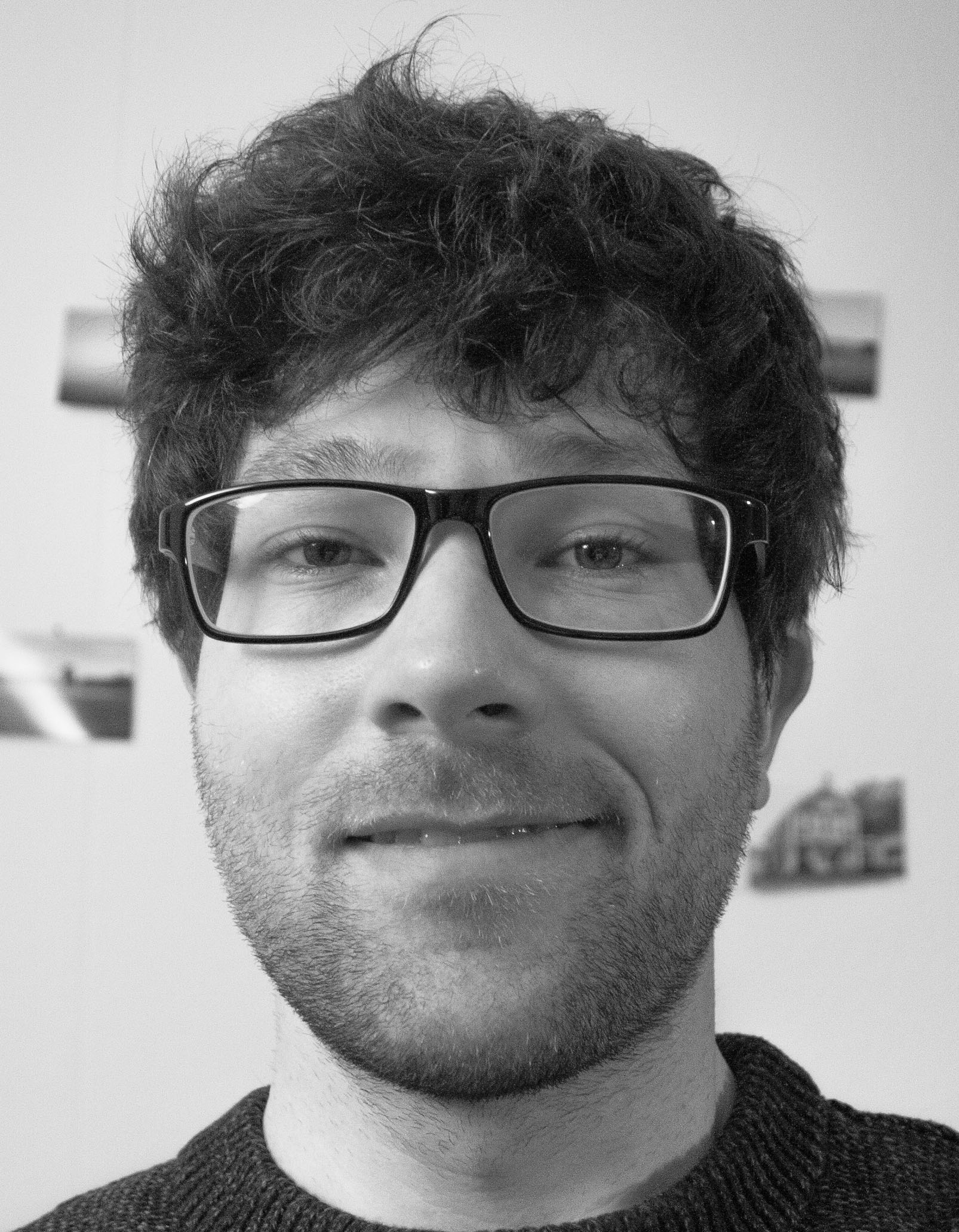LinkedIn | Twitter
Dr. Susana Sauret-Gueto is an experienced molecular biologist and microscopist, with a scientific background in plant growth and development.
In the OpenPlant Cambridge laboratory, she coordinates the establishment of semiautomated workflows to accelerate the generation and characterisation of genetically engineered Marchantia lines. This requires standardised practices for DNA parts building, as well as appropriate registries to facilitate sharing of resources (DNA parts and transformed plants). Susana is establishing a new facility for robotic liquid-handling around the Echo acoustic liquid handler, and an advanced microscopy facility. The microscopy hub includes a Keyence digital microscope for real-time 3D reconstruction of Marchantia plants, as well as a series of fluorescent microscopes with different resolution capabilities, for example a Leica stereo microscope with fluorescence as well as a Leica SP8 confocal microscope.
The projects being developed along these workflows aim at mapping cell and tissue types throughout Marchantia gemmae development, for basic research questions and synthetic biology approaches. The strategies include the identification of cell types by screening Enhancer Trap lines, a collection of proximal promoters from transcription factors and its screening for specific expression patterns, a high-throughput targeted mutagenesis pipeline using CRISPR/Cas9, and the induction of localised genetic modifications through sector analysis. Susana helps managing and coordinating these interlinked projects working closely with Linda Silvestri, lab Research Technician in charge of Marchantia tissue culture, as well as with the Marchantia team of PhD and postdoc members of the lab. She is specially interested in the sector analysis project in order to dissect gene function and autonomy at the cell and tissue level.
Susana is also the main organiser of the ROC Group (Researchers with OpenPlant Cambridge), which brings together researchers in Cambridge doing Plant Synthetic Biology, both from CU and SLCU, to share common scientific interests, resources and protocols. Researchers work in a variety of plant species, but there are two core subgroups Algae-ROC and Marchantia-ROC. People are very engaged and active, which is making a difference in order to advance projects and pipelines in an efficient and collaborative way.











